10 Spicy Secrets of Ginger Powder: From Kitchen Staple to Flavor Superstar!
Introduction: Why Ginger Powder is the Unsung Hero of Your Spice Rack
Ginger powder — or ground ginger — may not get the street cred that chili flakes or turmeric do, but this humble spice is a powerhouse in disguise. Whether you're baking gingerbread, brewing a spicy chai, or adding depth to a savory curry, ginger powder deserves more than just a dusty corner in your cabinet.
In this article, we’ll explore ten practical and surprising tips for using ginger powder like a pro, while also diving into what makes it tick from a flavor and function standpoint. And don’t worry — we’ll keep things light (and maybe even a little spicy).
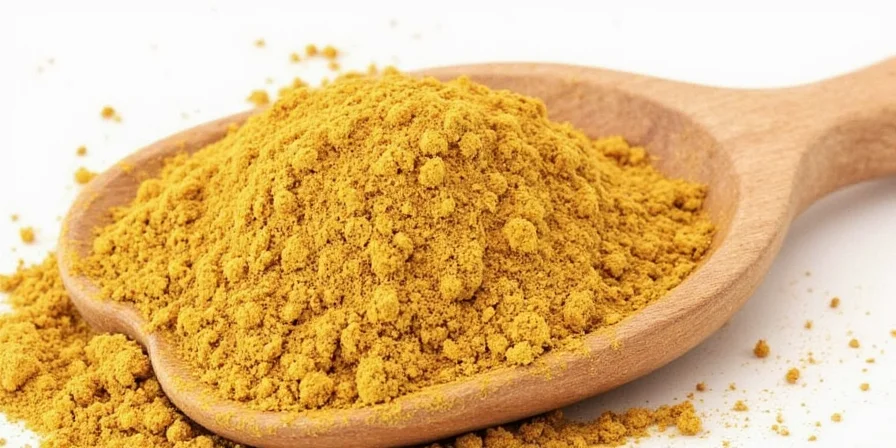
Table of Contents
- #1: Not All Ginger Powders Are Created Equal
- #2: Fresh vs. Powdered – The Great Ginger Debate
- #3: Shelf Life Secrets – When Does Ginger Go Bad?
- #4: Cooking Tips – How Much Powder Equals How Much Fresh Ginger?
- #5: Baking Buddy – Perfect Pies, Cakes & Cookies
- #6: Heat It Up – Unlocking Maximum Flavor
- #7: Beyond Taste – The Health Benefits of Ginger Powder
- #8: Mix It Up – Blending with Other Spices Like a Pro
- #9: DIY Alert – Make Your Own Homemade Ginger Powder
- #10: Storage Hacks – Keep That Zing Alive
#1: Not All Ginger Powders Are Created Equal
You might think any old bottle labeled “ginger” will do, but the truth is, quality varies widely. Some brands use older rhizomes, leading to dull flavor. Others add anti-caking agents or even fillers. So how do you choose the best one?
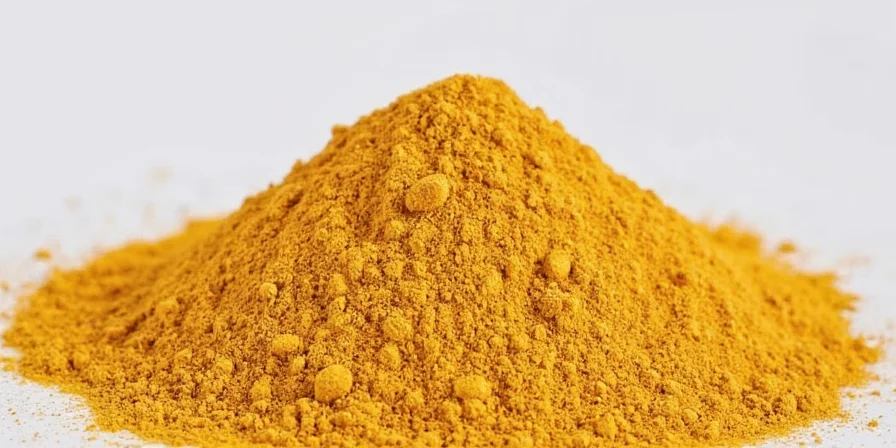
| Brand | Ingredients | Color | Aroma Intensity |
|---|---|---|---|
| Brand A | Ginger (98%), Silicon Dioxide | Pale Yellow | Mild |
| Brand B | 100% Organic Ginger Root | Golden Brown | Strong, Peppery |
| Brand C | Ginger, Rice Flour | Dull Brown | Flat |
Stick to pure ginger powders without unnecessary additives, and opt for organic when possible for the freshest punch of flavor.
#2: Fresh vs. Powdered – The Great Ginger Debate
While fresh ginger has its advantages — especially in texture and brightness — powdered ginger brings consistency and convenience. Here’s a quick comparison:
- Fresh Ginger: Juicier, brighter, slightly floral notes. Ideal for sauces, stir-fries, and teas.
- Ginger Powder: More concentrated heat, longer shelf life, and easier to measure. Best for baked goods, spice blends, and soups.
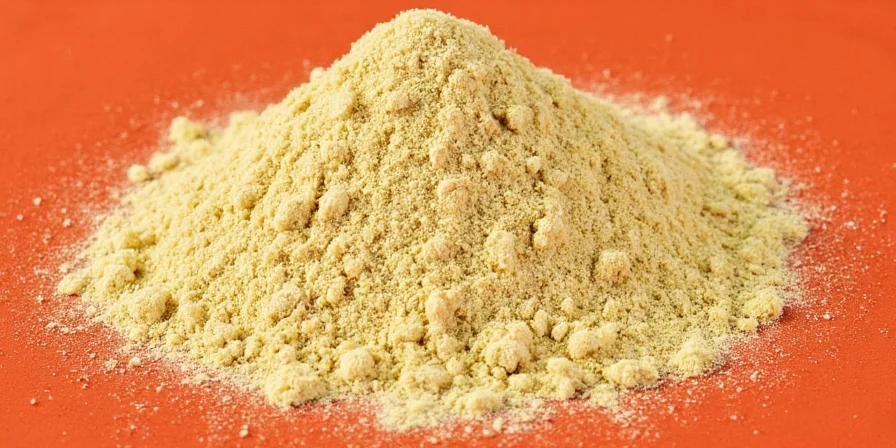
If a recipe calls for fresh ginger and you only have powder, use about ¼ teaspoon of powder per tablespoon of fresh. But don’t stress — substitutions are totally okay!
#3: Shelf Life Secrets – When Does Ginger Go Bad?
Ginger powder doesn't technically “expire,” but it definitely loses potency over time. Unlike salt or black pepper, ginger has volatile oils that degrade, especially if exposed to heat or humidity.
Signs your ginger powder has gone downhill:
- No aroma when sniffed
- Tastes flat or musty
- Looks faded in color
To extend its shelf life, store it in an airtight container away from sunlight and moisture. Under ideal conditions, ginger powder can stay potent for up to three years.
#4: Cooking Tips – How Much Powder Equals How Much Fresh Ginger?
Here’s a cheat sheet every home cook should know:
| Fresh Ginger | Ginger Powder Equivalent |
|---|---|
| 1 tsp grated | ¼ tsp powder |
| 1 tbsp grated | ¾ tsp powder |
| 2 tbsp grated | 1½ tsp powder |
This conversion isn’t perfect across all dishes, but it works well for most recipes, especially where ginger plays a supporting role rather than the star.
#5: Baking Buddy – Perfect Pies, Cakes & Cookies
Ginger powder is the MVP in holiday baking. From gingersnaps to pumpkin pie, a dash of ginger adds warmth and complexity without overpowering other flavors.
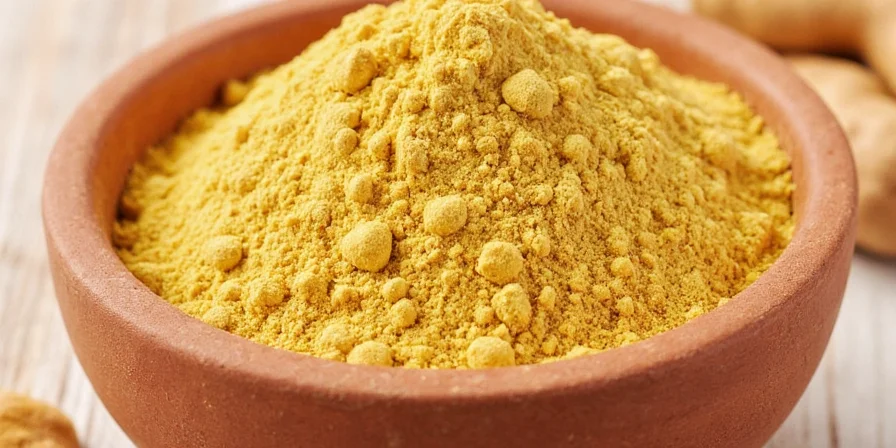
Pro tip: For extra depth, try combining ginger powder with cinnamon and nutmeg. It’s a classic trio that never fails to impress.
#6: Heat It Up – Unlocking Maximum Flavor
Contrary to popular belief, ginger powder benefits from a bit of toasting or blooming in oil. Just like cumin or coriander seeds, applying heat releases essential oils and enhances flavor.
- Toast in a dry pan for 30 seconds before grinding (if homemade)
- Bloom in hot oil at the start of cooking to infuse soups or stews
This trick really shines in Indian and Thai cuisine, where spices are the backbone of flavor.
#7: Beyond Taste – The Health Benefits of Ginger Powder
While not a miracle cure, ginger does offer some science-backed perks:
- Reduces nausea: Particularly helpful for morning sickness or motion sickness.
- Anti-inflammatory properties: Gingerol compounds may reduce inflammation and muscle soreness.
- Digestive aid: Can help ease indigestion and promote gut motility.
Though studies often use concentrated ginger extract, moderate use of ginger powder still supports overall wellness.
#8: Mix It Up – Blending with Other Spices Like a Pro
Ginger loves company! Try these dynamic duos and trios:
- Ginger + Turmeric: Golden latte vibes and earthy warmth.
- Ginger + Cardamom: Heavenly in desserts and chai tea.
- Ginger + Chili Powder: Kick up your mole sauce or roasted veggies.
Create your own signature blend and label it like a pro chef — bonus points if you name it something catchy like “Zesty Sunrise” or “Spiced Thunder.”
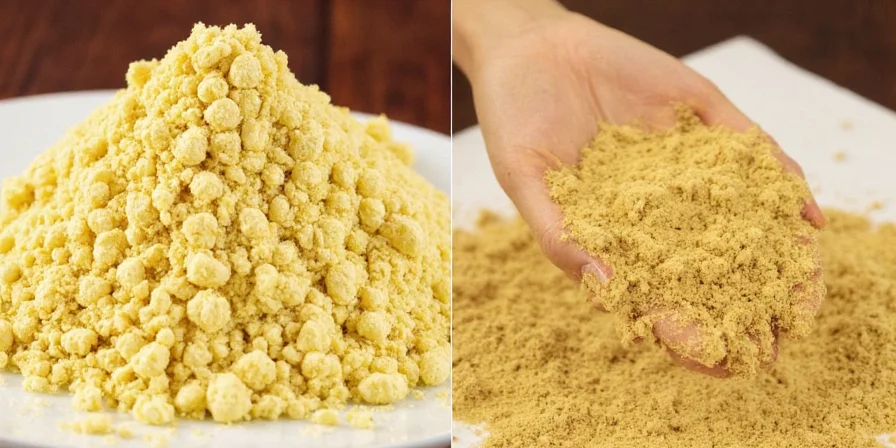
#9: DIY Alert – Make Your Own Homemade Ginger Powder
Want total control over flavor? Try making your own ginger powder! Here’s how:
- Clean and slice fresh ginger thinly (no need to peel).
- Dehydrate in a food dehydrator or oven at the lowest setting until fully dried (6–8 hours).
- Grind in a spice grinder or high-speed blender until fine.
- Store in an airtight container.
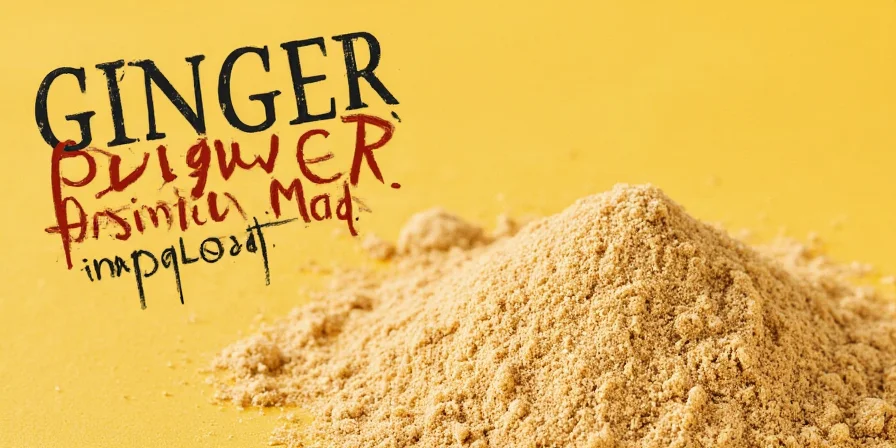
Tip: Use young ginger for a milder taste or mature ginger for a spicier kick.
#10: Storage Hacks – Keep That Zing Alive
To keep your ginger powder tasting fresh:
- Store in a cool, dark place — avoid cabinets near the stove.
- Use glass jars instead of plastic containers to prevent odor absorption.
- Add a silica packet if you live in a humid climate.
Avoid shaking directly over a hot pot — steam and moisture shorten its lifespan. Instead, scoop with a dry spoon each time.
Conclusion: Spice Up Your Life with Ginger Powder
Whether you’re a culinary newbie or a seasoned spice slinger, ginger powder deserves a spot front and center in your kitchen. From enhancing your favorite dishes to boosting digestion, this versatile spice is more than just a pantry staple — it’s a flavorful ally in the kitchen.
So go ahead — dust off that forgotten jar, try one of our pro hacks, or make your own batch from scratch. After all, life’s too short for bland food. Stay spicy!











 浙公网安备
33010002000092号
浙公网安备
33010002000092号 浙B2-20120091-4
浙B2-20120091-4